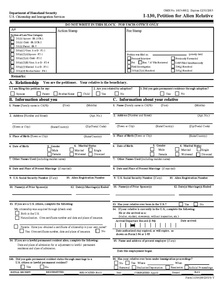If you are a trader, you may have come across the term “CFD” or Contract for Difference. This is a popular trading instrument that lets you speculate on the rise or fall of an asset without actually owning it. It sounds confusing, but once you understand how CFD works, it can be a powerful tool in your trading arsenal. In this blog post, we will demystify cfd how it works in financial trading.
A CFD is a contract between a buyer and a seller, where they exchange the difference in the opening and closing price of an underlying asset. The underlying asset could be anything from stocks, indices, currencies, commodities, and more. CFD trading allows you to speculate on the price of an asset without actually owning it. This means you can profit from both rising and falling markets.
When you trade CFD, you don’t own the underlying asset; you only speculate on its price movements. This means you can trade with leverage, which allows you to open larger positions with a smaller capital outlay. However, leverage also magnifies your gains and losses, so you need to be careful when using it.
To trade CFD, you need to open an account with a broker who offers CFD trading services. Once you have an account, you can choose the asset you want to trade, and then decide whether you think its price will rise or fall. If you think the price will rise, you buy (go long), and if you think the price will fall, you sell (go short).
When you open a CFD trade, you need to pay a small fee called the spread, which is the difference between the buying and selling price. The spread represents the broker’s commission and is how they make money from offering CFD trading services. The spread can vary from asset to asset and from broker to broker.
CFD trading is also subject to margin calls, which means that if your position moves against you, you may need to deposit more money to maintain your position. This is a risk that comes with trading with leverage, and you need to be aware of it before you start trading CFD.
Conclusion:
In conclusion, CFD trading is a powerful tool that lets you profit from both rising and falling markets. It allows you to trade with leverage and without owning the underlying asset. To trade CFD, you need to open an account with a broker, choose the asset you want to trade, and decide whether you think its price will rise or fall. However, CFD trading is also subject to risks such as margin calls and leverage, so you need to be careful when using it. We hope this blog post has demystified CFD trading for you and given you a better understanding of how it works in financial trading.


